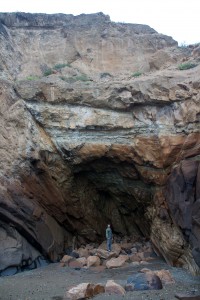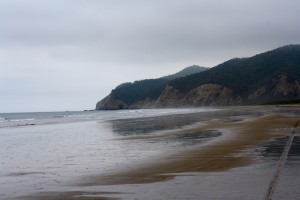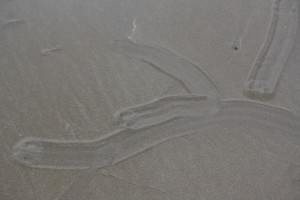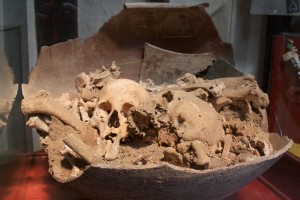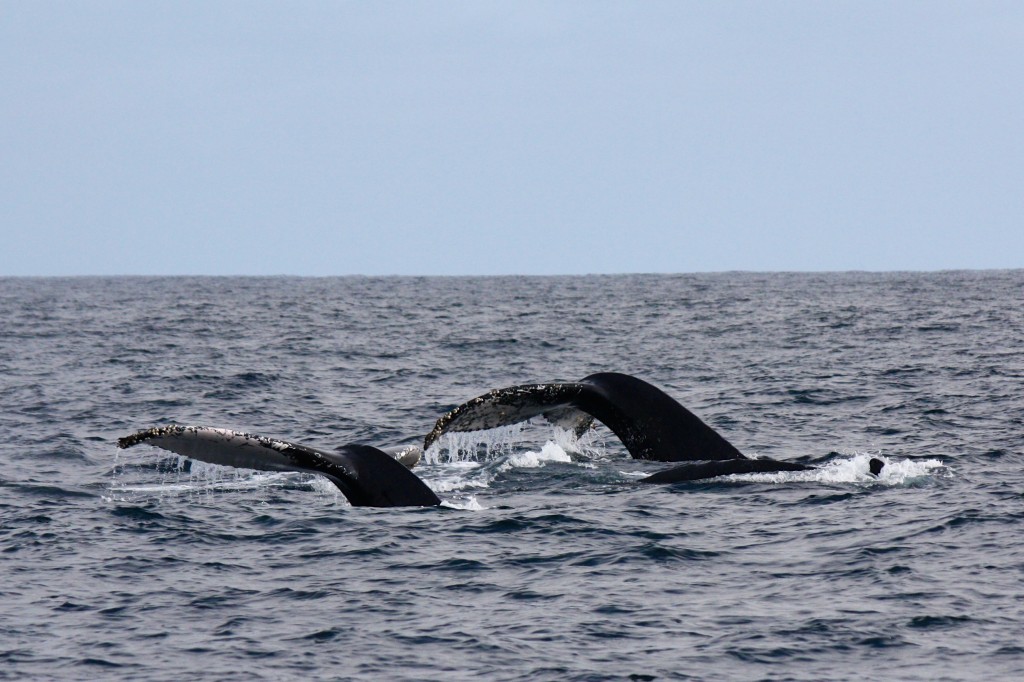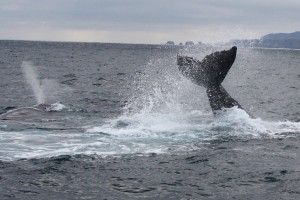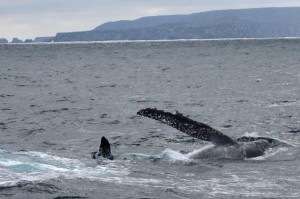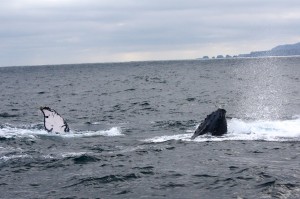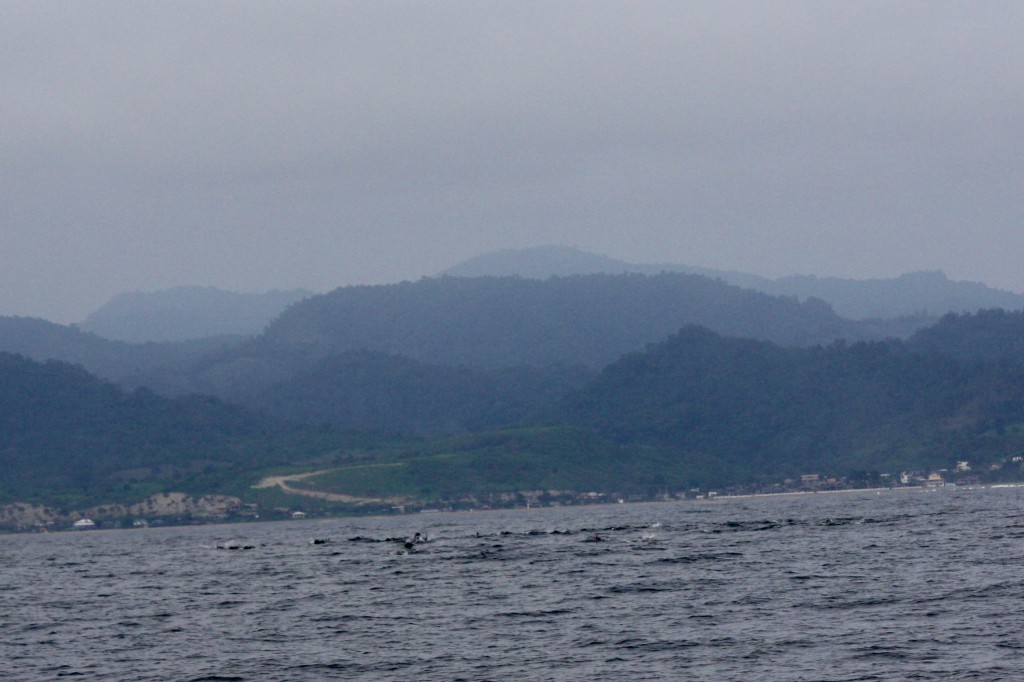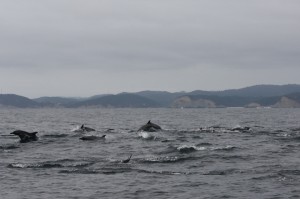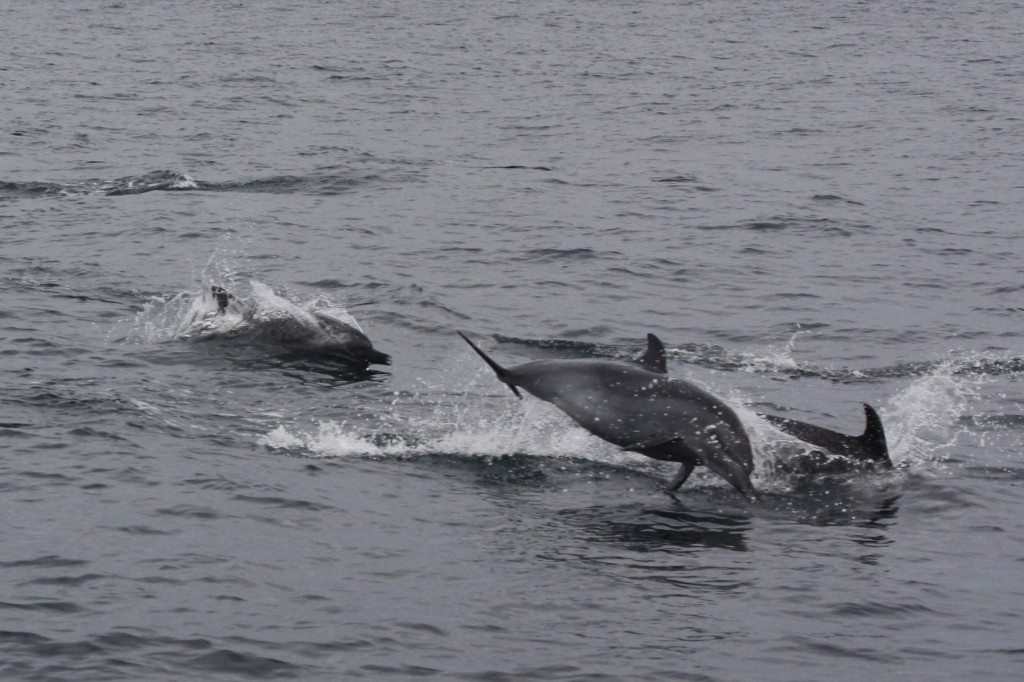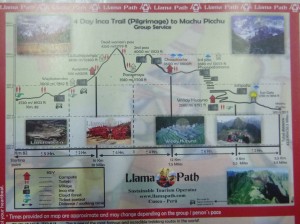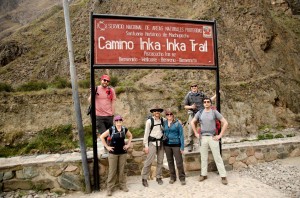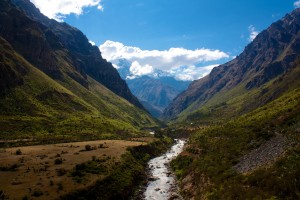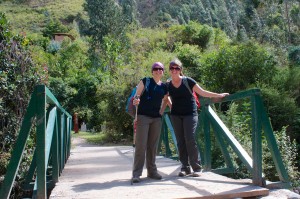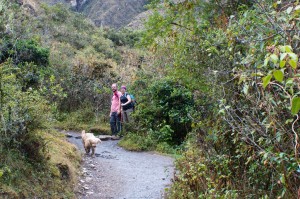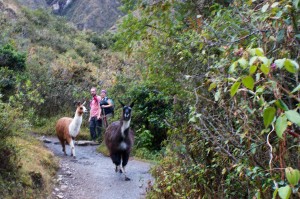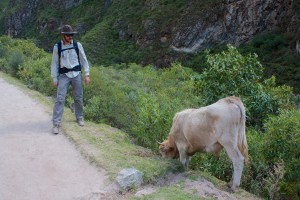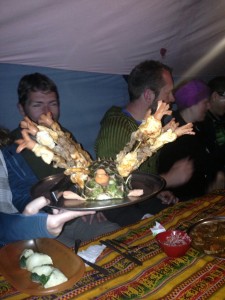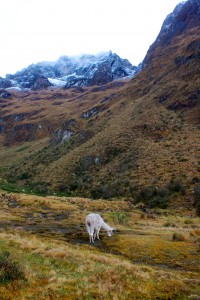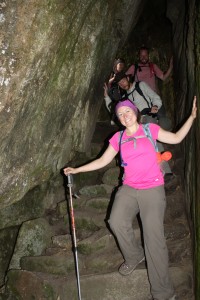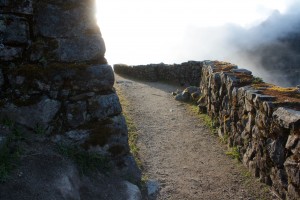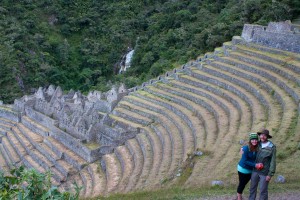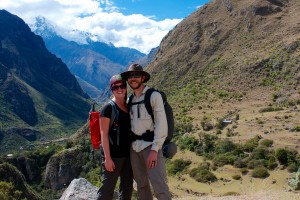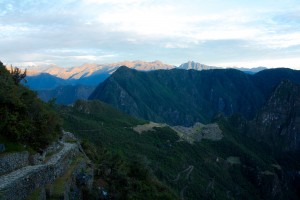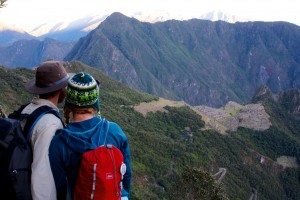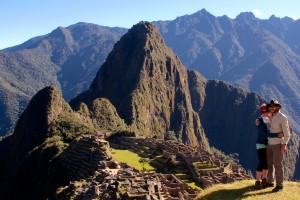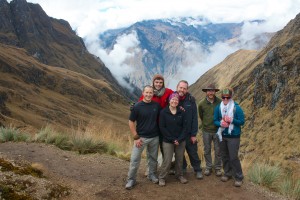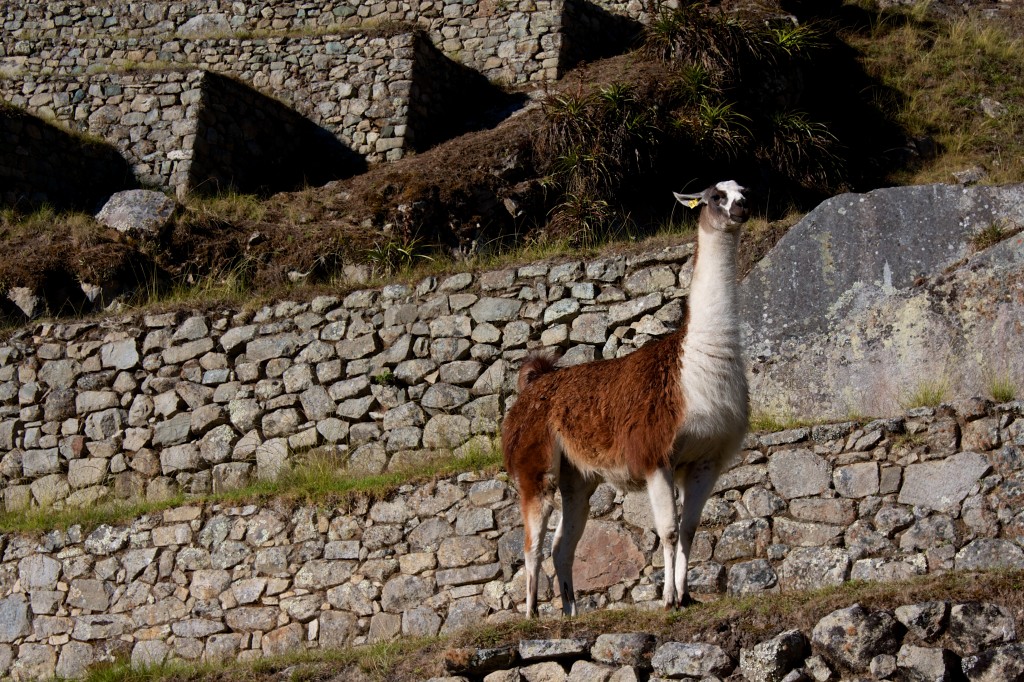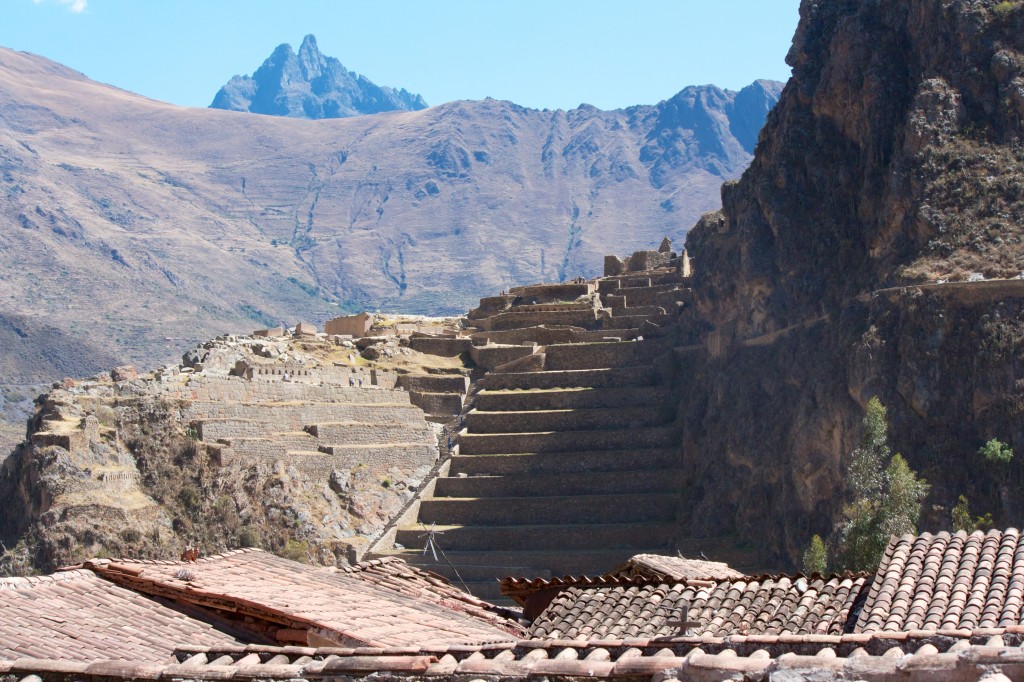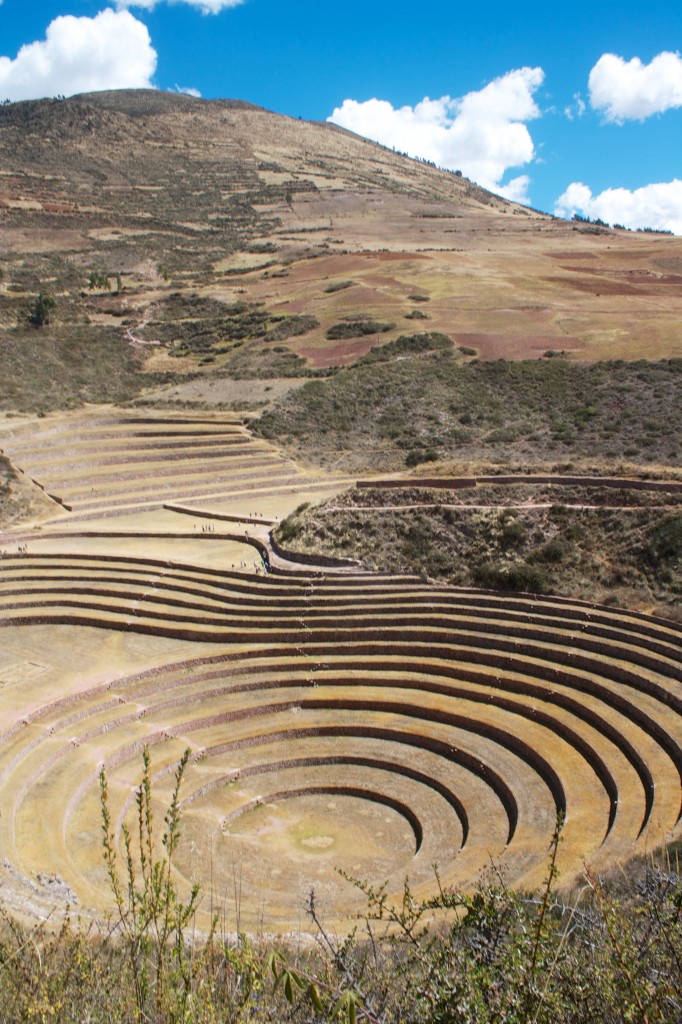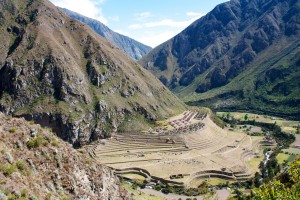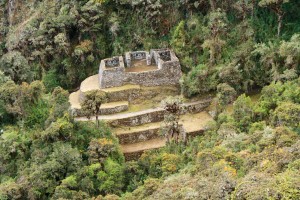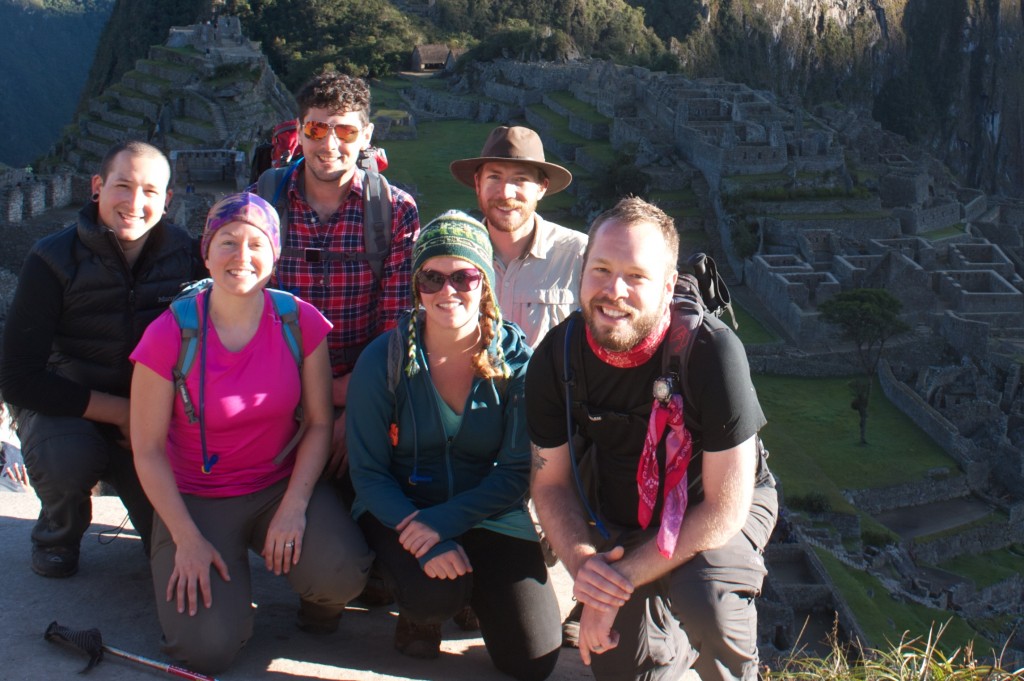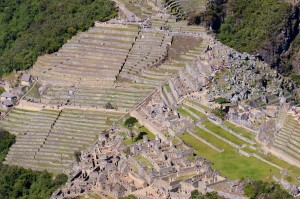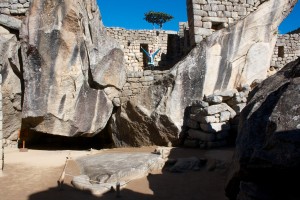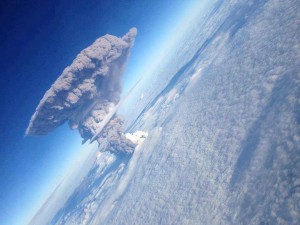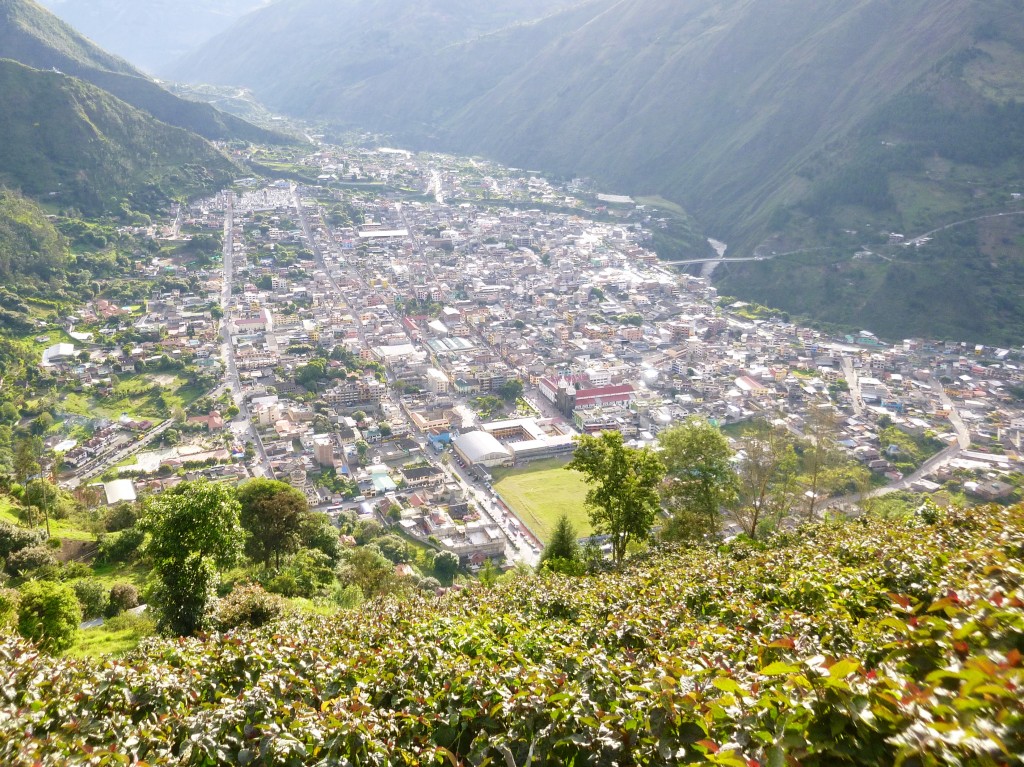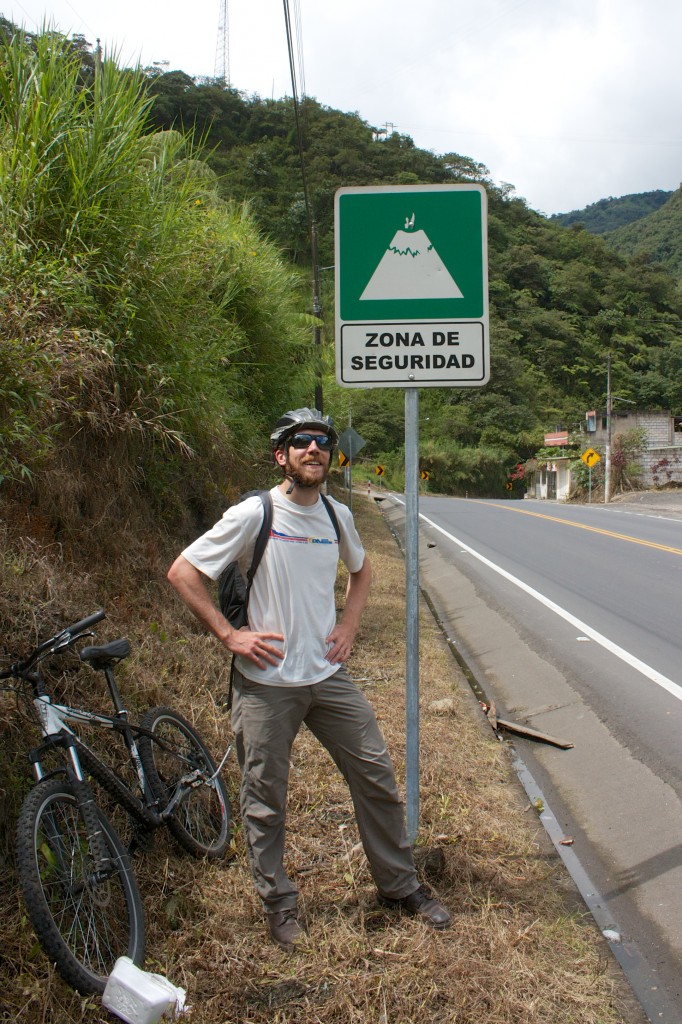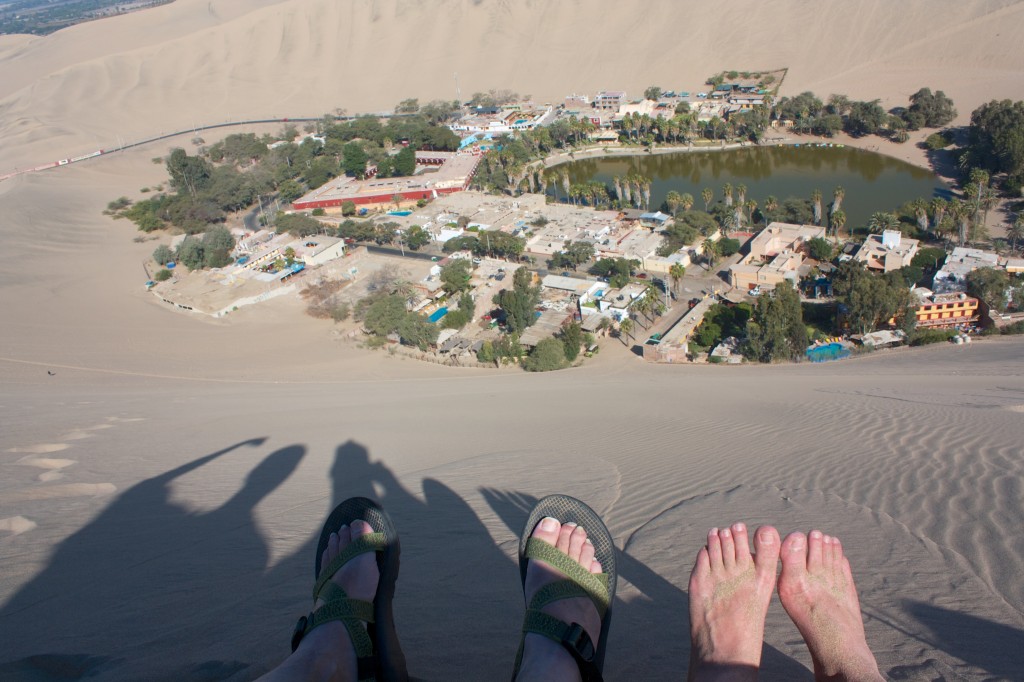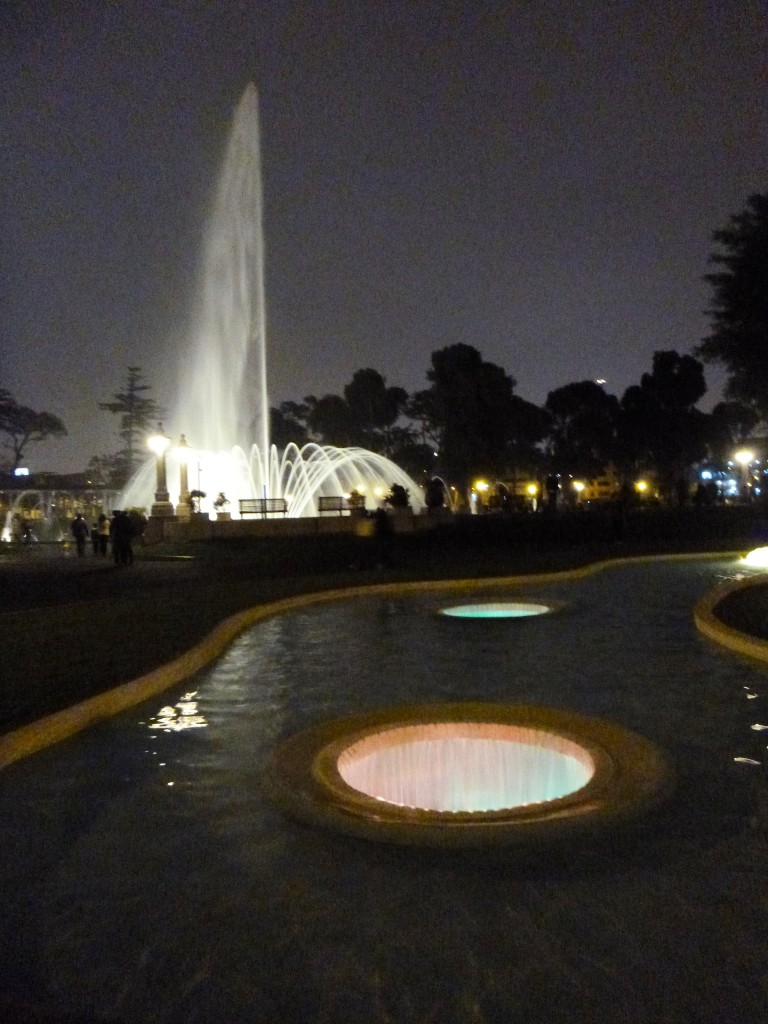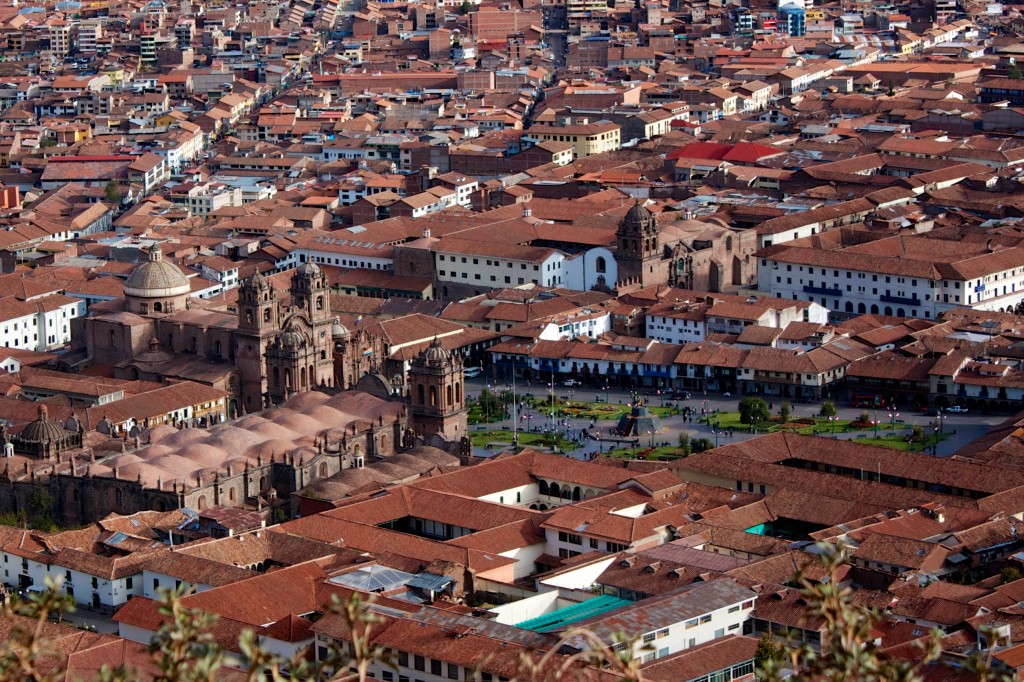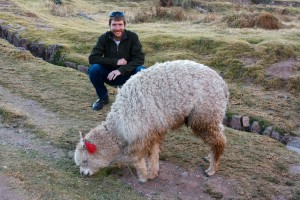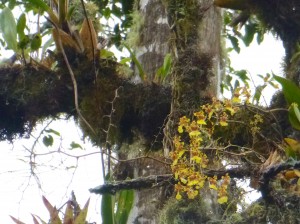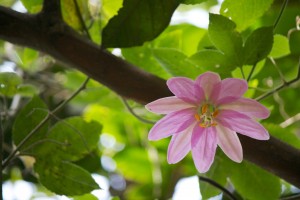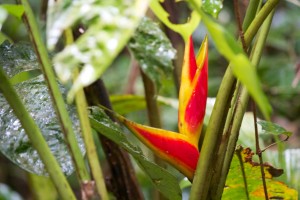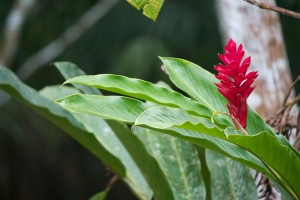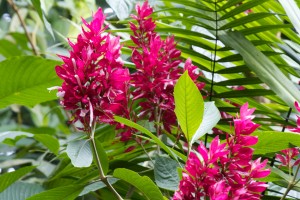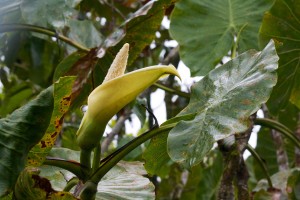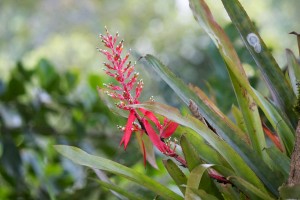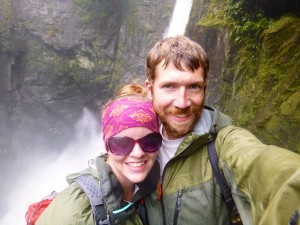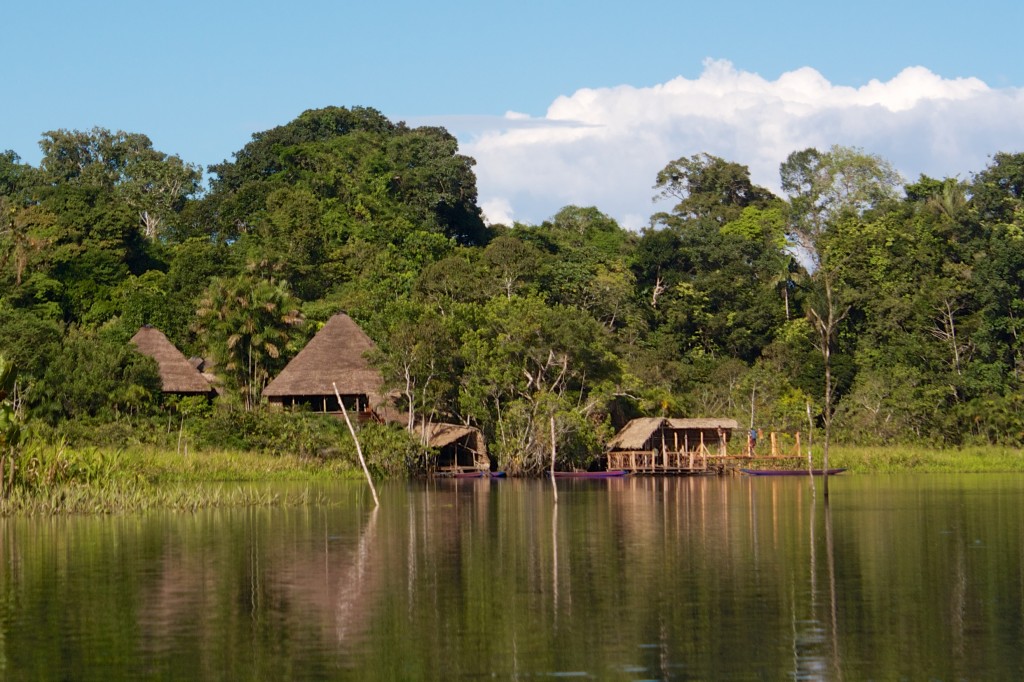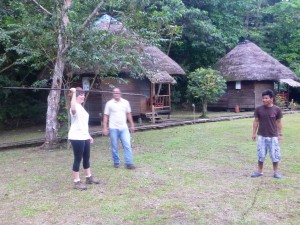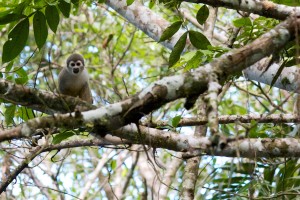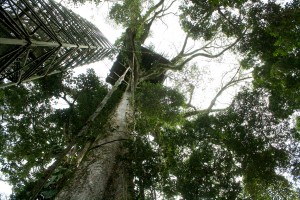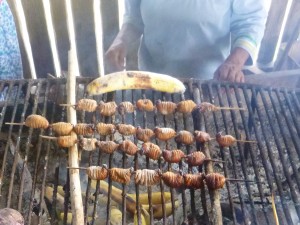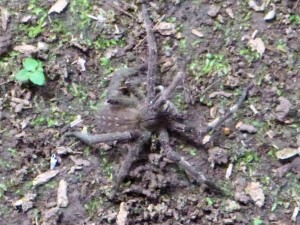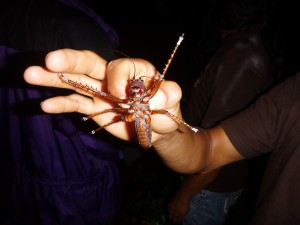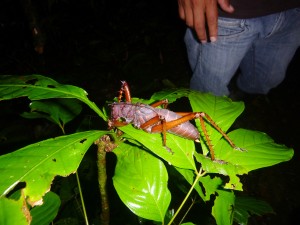Another post that is a bit overdue though still definitely something we wanted to share.
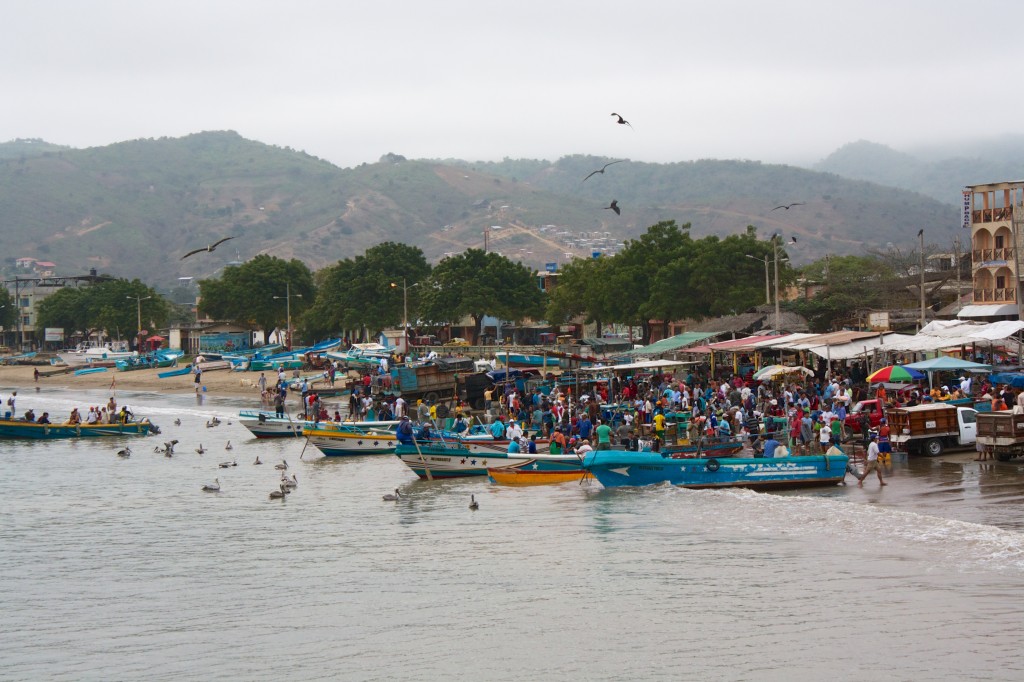
A few weeks ago Chris and I got the opportunity to travel down to the Ecuadorian coast to the little town of Puerto Lopez. This tiny coastal fishing town is best known as one of the best places in the world to see the migrating Humpback Whales. We had read lots of reviews that said the town was basically nothing so we were incredibly surprised to find a charming and relaxing location where we had a wonderful few days.
A bit about Humpback Whales:
Humpback Whales grow to be between 40 and 52 feet and can weigh up to 79,000 pounds! They migrate about 16,000 miles every year, in this case migrating from the cold waters of Antarctica to the warm waters off Ecuador. Due to whaling, in the years up till 1966 it is estimated that their population dropped by about 90%. Today the population is growing with 80,000 Humpbacks worldwide though many populations are still in danger as noise pollution and entanglement in fishing nets continues to be a problem.
After taking an overnight bus from Quito, we arrived in the pre-dawn hours, with the sun just peaking out. It’s always a bit nerve racking arriving in a new town at the bus stop but can be especially so when it’s dark and you’re exhausted. However, this time we found a sleepy little town complete with the nicest people. A young man who was opening up his shop gave us directions (in English!) to our hotel where the front desk lady graciously opened up our room and left us to sleep.
My favorite model posing on the beach.
Over the next few days Chris and I would have some of the most relaxing days of our trip. We took long walks on the beach, ate amazing Seafood Paella, and spent time reading in a café. During our walk on the beach we discovered thousands of tracks in the sand. At first we thought they must be from some bird or something but then we discovered they were actually thousands of Sand Dollars that were buried in the sand!
What a cool site. I had no idea that this is what Sand Dollars do, burrowing in low-tide sandy areas and eating larvae and algae buried there.
We also visited the small Manta indigenous community, Agua Blanca, located a bit north of Puerto Lopez. This community of about 300 hundred is one of the oldest continually inhabited communities in Ecuador and is one of the few who survived without being conquered by the Incas. They have a tiny, though fascinating, archeology museum where they display a number of artifacts from their history. The pottery skills were impressive, there were intricate animal statues as well as urns and chairs, and I was amazed to see buttons and knitting needles that were fancy versions of exactly what we use today.
Yummy, jarred snakes and tarantulas!
Ancient burial pots, complete with bones. Don’t know how respectful this is but it’s pretty cool.
Of course the highlight of the trip was the whale watching, well that and the Paella. These gentle giants are magnificent and so beautiful. (Maybe not so gentle if you take a look at this video, http://www.youtube.com/watch?v=0Ut7wK9l9mk). They come to the Ecuador coast to enjoy the warm shallow waters, mate, and have their babies. They were everywhere and every ten minutes or so we got to see a new one jumping and playing in the sparkling water. Unfortunately we only saw one from far away completely breach the water but we were okay as it was pretty amazing what we did see. We even got to hear them singing to one another and a couple of them swimming in synchronization.
What a fabulous site!
Plus, on my second trip out (Chris wasn’t quite as obsessed with the whales as me) our boat got completely surrounded by hundreds of dolphins. It was incredible! The captain all of a sudden stopped the boat and told us to look over towards the left. In the distance we could only see ripples in the water and I had absolutely no idea what was coming towards us. Then all of a sudden there they were, completely surrounding us, swimming and jumping on all sides. I’ve never experienced anything like it I couldn’t stop laughing (well giggling) at their playful antics.
The Guide: Here they come!
Me: What, what is coming?
The Guide: Hold on to your fish!
Incredible, just incredible.
While we were in the Galapagos we had had an eye opening experience in seeing what actually exists under the sea and seeing these whales and animals brought it all back to us. It continues to amaze me over and over again that there are all these different worlds within our world and that we have so little awareness and direct interaction with them. It’s ecosystems and cultures, languages and foods, peoples and animals. There is just so much diversity out there and every time we get exposed to a new piece of it, I am amazed all over again at the discovery.
Unfortunately, the more we travel the more realize how many of these pieces are in jeopardy, whether it’s indigenous communities in the Amazon being destroyed by oil or whale populations diminishing due to lack of food. It’s easy to see here in developing countries where people can’t pay to be removed from the destruction and it’s incredibly overwhelming when you get smacked in the face with all the problems facing our world.
But in the end that’s why we are traveling. To learn about our world, make ourselves uncomfortable, and to expand our horizons, ultimately raising our awareness about both the world and ourselves. Well that and because, you got to admit, spending a day whale watching in Ecuador is way more fun that sitting in an office.


